Himachal Pradesh, nestled in the lower Himalayas, offers countless natural wonders—rivers, rivulets, coniferous forests, glacial lakes, and diverse flora and fauna. Among these hidden gems is Kareri Lake Trek, also known as Kumarwah Lake. This shallow freshwater glacial lake lies south of the Dhauladhar range, about 9 km northwest of Dharamshala in the Kangra district of Himachal Pradesh.
While popular destinations like Baijnath Temple, Kangra Fort, Brajeshwari Temple, Indrahar Pass, and McLeodganj attract many visitors, Kareri Lake at 2934 meters above sea level has carved a niche among trekkers and nature lovers. This Kareri Lake Trek Guide will help you plan your journey to this pristine Himalayan destination.
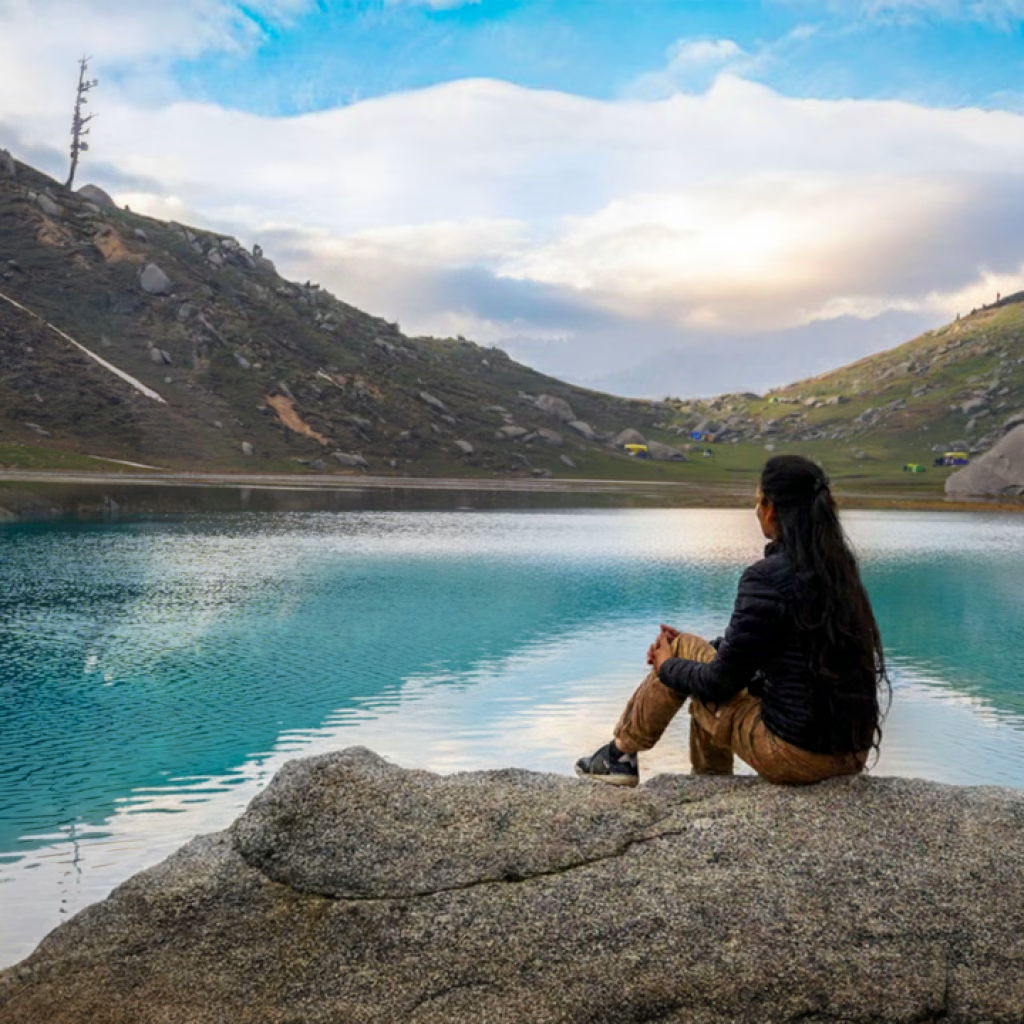
About Kareri Lake Trek
Fed by the melting glaciers of the Dhauladhar range, Kareri Lake is the source of the Nyund stream. Its shallow waters are so crystal clear that the lake bed is visible to the naked eye!
The trail is surrounded by thick conifer forests, colorful perennial flowers, and open meadows. The area is also frequented by the Gujjars and Gaddis with their cattle, giving the trek a cultural touch. During winter (November to April/May), the lake freezes completely, wrapping the landscape in a mystical aura that enchants every traveler.
How to Reach Kareri Lake
Transport is accessible from Dharamshala to Ghera town beginning from 8 AM. The separation between the two spots is around 20 kilometers. You can likewise cover this distance by an employed jeep or taxi.
The trek begins from the market in Ghera town. The town has a safe street stepping on which you will run over an extension and keep proceeding onward the course along the Khauli River. Around 30 minutes into the trek you will pass Sari town and from here Kareri town is just 2 kilometers away.
The path goes through thick rhododendron assortments driving the best approach to Kareri town. Strolling ahead you will run over a wooden scaffold over the Kareri stream; from here it will take around an additional 30 minutes to arrive at the town. The outdoors grounds and the woodland visitor house are only 10 minutes from here.
Campers generally set up their camp in the glades close to the stream, 10 minutes from Kareri town. There is a backwoods visitor house accessible too for convenience yet it is prudent to talk with the Forest office ahead of time in the event that you wish to book the visitor house. Home-remain in the Kareri town is additionally a decent choice for the trekkers to consider.
The path at the rear of the backwoods visitor house prompts a tight valley which will prompt another wooden scaffold. After a somewhat more extreme move of around 200 meters and intersection another scaffold, you will end up at an outdoors spot called ‘Harote’. From this spot, there will be another valley which will lead you to your goal Kareri Lake.
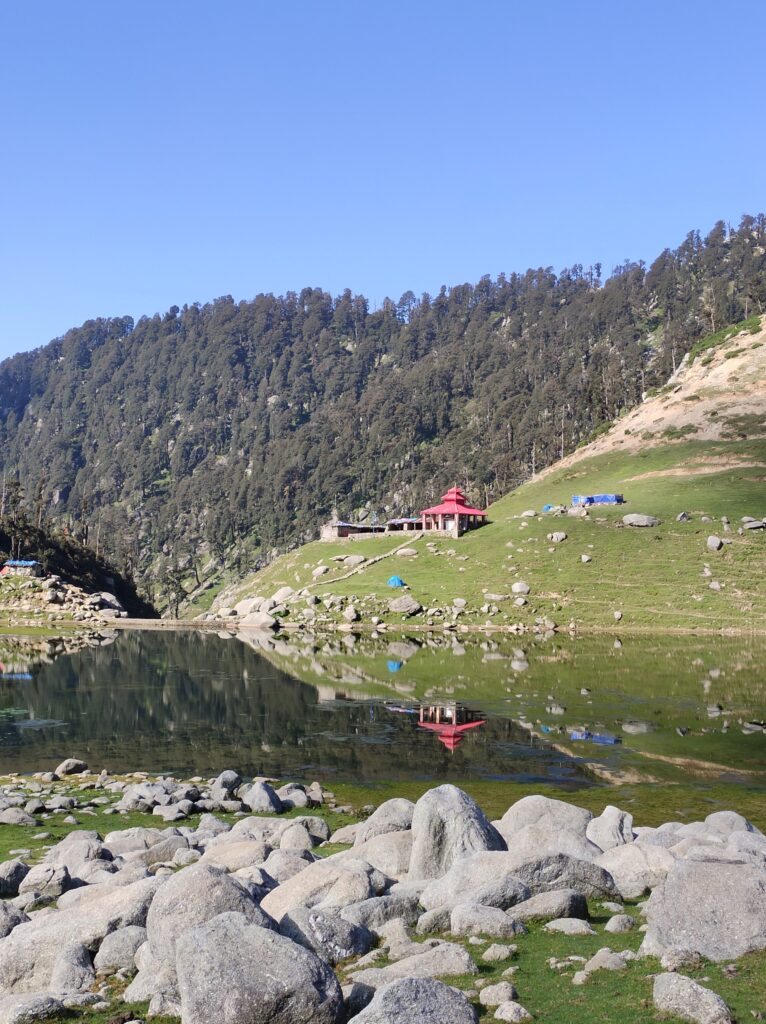
Best Time to Visit Kareri Lake
Kareri Lake is accessible throughout the year, but each season offers a unique experience:
Winter (Nov–Apr): The lake remains frozen, offering a surreal snowy experience. Extra caution is required due to icy trails.
Summer (May–July): Best for pleasant weather, green meadows, and clear trails.
Monsoon (July–Sept): The trail becomes lush and vibrant, but heavy rains may make trekking challenging.
Autumn (Sept–Nov): Clear skies, crisp air, and stunning landscapes—ideal trekking season.
Other suggested treks
Some different treks close McLeodganj that guarantee a quieting break from the tedious musicality of life and stunning perspectives are –Triund Trek, which is a little and unobtrusive trek, Thatharana Trek Guna Devi Temple trek, Bhagsu trek and Indrehar Pass trek.
So open your schedules get together your trekking shoes and begin investigating!
Conclusion
Kareri Lake is a Himalayan jewel waiting to be explored. Whether you seek solitude, adventure, or breathtaking views, this Kareri Lake Trek Guide will help you plan an unforgettable journey. So, pack your trekking shoes and let the Dhauladhars surprise you with their natural charm.
Follow us on Instagram


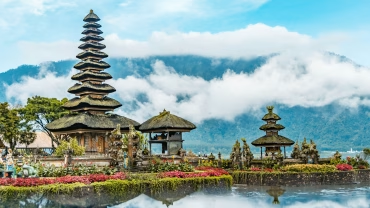
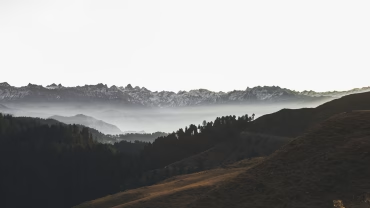
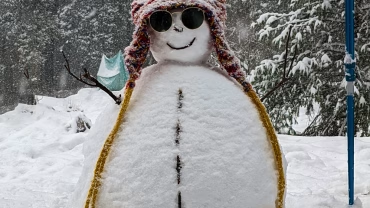
Comment (0)